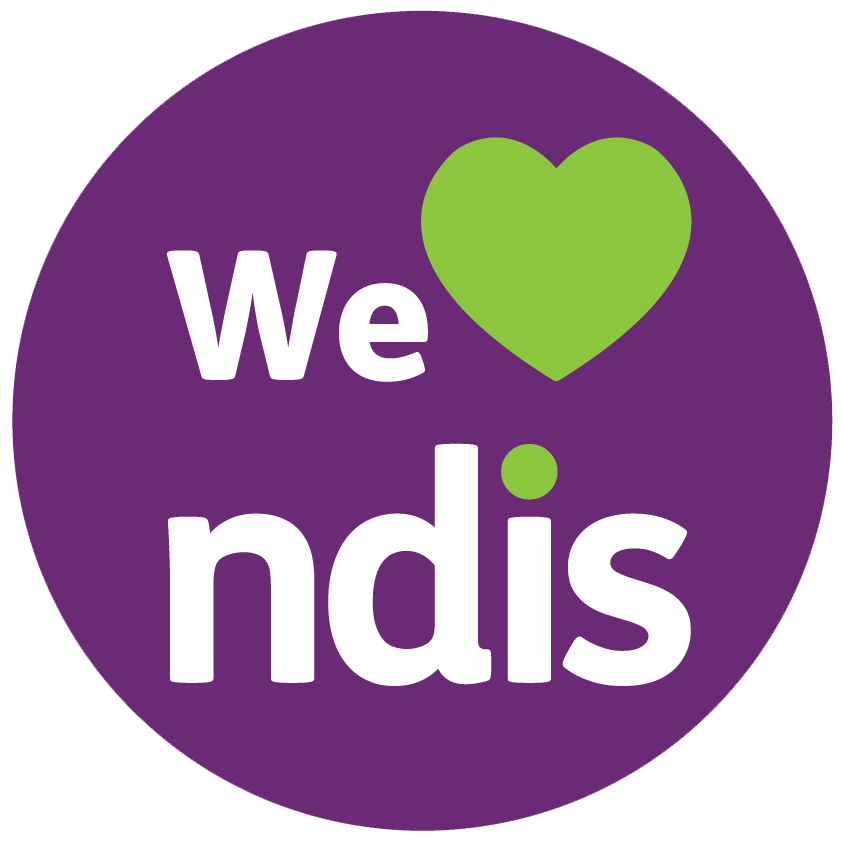Why OTs Use Standardised Assessments
As Occupational Therapists (OTs) working within the National Disability Insurance Scheme (NDIS), we complete a comprehensive assessment process in order to ensure that we can fully understand our participants' needs and provide a suitable service
The process of assessment involves the OT’s collecting information and clinically observing the participant’s medical, physiological, social and psychological function in order to understand how best the OT can provide effective intervention within the NDIS framework in line with the participants' needs.
Assessment is usually undertaken with observation of the NDIS participant and their environment. As part of this process, it is likely that our OT’s may use a number of NDIS sanctioned standardised assessment tools (standardised assessments) and outcome measures to complement our clinical observation and comprehensive assessment process.
What are Standardised Assessments and Outcome Measures?
Standardised assessments are formal assessments that have been designed to measure your abilities, functional capacity and different factors such as motor skills, cognitive capacity, sensory processing that may effect your performance and independence in daily life. To ensure consistency in assessment and recommended intervention, the NDIA developed their ‘preferred assessment tool suite’.
These tools are standardised assessments that have been assessed against the NDIS domains of function and identified as ‘best practice’ for therapist use. They can be used to form and validate a diagnosis and/or guide recommended treatments. Some standardised assessments can also be used to measure the improvement in the participant’s presentation as a result of clinical intervention and service delivery. These standardised assessments are commonly also known as outcome measurement tools because they also provide a means to compare the clinical outcome or improvement of the participant.
How is this different from other types of assessments?
As Occupational Therapists we use our clinical observation skills to form part of your tailored assessment based on our knowledge and interactions with our participants. This can include completion of specific tasks with participants however these tasks can be modified according to your level of independence, skill, comprehension or confidence. This contributes to the development and evaluation of goals.
A standardised assessment is another type of formal structured assessment completed by healthcare professionals. These tools are not subjective and must be conducted using a standard format. Following assessment completion, the results will further support and clinically evidence the formation of your goals, therapy plans and/or interventions.
Why do we have Standardised Assessments and Outcome Measures?
Standardised assessments and outcome measurement tools form part of your comprehensive assessment and is a beneficial structure that helps both the Occupational Therapist and their participants. They provide a clear score that can be used to give a picture of where any functional deficits or challenges you experience lie in comparison to other people benchmarking against different attributes such as age. It also helps the NDIA benchmark and assesses the diagnosis and treatments of NDIS participants to ensure the NDIS ACT 2022 (Amendments) criteria is followed appropriately ensuring effective use of your plan funds.
Using Outcome measures as part of the comprehensive assessment process provides the OT with an additional understanding of how the participant has responded to treatment and therapies – this enables OT’s to utilise the same outcome measure at your NDIS Plan review to demonstrate improvement following implementation of your OT interventions. This can further support the requirement for ongoing Occupational Therapy in your upcoming plans.
What are other benefits of Standardised Assessments?
Standardised assessments are also internationally recognised which support healthcare professionals when assessing and developing therapy plans and interventions – If using a Standardised assessment with a child for example, their results may be provided in terms of their percentile rank – this is another way of explaining where their score sits in comparison to other children their age including across continents.
For Occupational Therapists, the standardised assessment support them in building up and incorporating a body of evidence for their occupational therapy practices, recommendations, and therapy plans. It provides your OT’s with more information to make evidence-based decisions about the best course of care and potential interventions.
The incorporation of these standardised assessments is considered the gold standard and best practice providing the optimum assessment outcome for you.
What does Vivir Healthcare use?
Vivir Healthcare utilise the NDIS ‘preferred assessment tool suite’. We elected to employ these tools in addition to other forms of assessment to ensure our comprehensive reports and therapy plans provide evidence of reliability, validity, practicality and work within your daily life.
Our Occupational Therapists discuss the assessment results with you and/or your families and how this contributes to the development of your OT therapy plan.
Using these assessment tools, clinical observations, and ongoing consultation, we can offer a tailored approach and the best support to help you achieve your identified goals and live your life to the fullest.
Examples of Standardised Assessments and Outcome Measures
World Health Organisation Disability Assessment Schedule (WHODAS) 2.0
This is a practical assessment that is used to capture the level of functioning in 6 domains of life including Cognition, Mobility, Self Care, Getting along with others, Life activities and participation in the community. This assessment is a generic measure which means it is not targeted for use with a specific condition however allows us as OT’s to utilise the instrument to assess health, disability levels and design and monitor the impact your health conditions have on your daily life.
VINELAND 3 Assessment
This is a leading assessment used in supporting the diagnosis of intellectual and developmental disabilities. Through completion of this assessment, OT’s can extract vital information to help develop therapy plans identifying areas that a person can find challenging or where they may present with some difficulties.
CARE AND NEED SCALE (CANs)
The CANs is a clinician rating scale, designed to amalgamate information obtained from a range of sources and is to document support needs required for everyday functional activities and community living. It was originally designed for use with participants in the community who have a Traumatic Brain Injury (TBI) however can be used to identify the level of support needs you have ranging from very high to minimal requirements.
To know what to expect at a typical Occupational Therapy assessment read our OT 101 guide, you can also explore our website to find out more about our NDIS Occupational Therapy services or contact ndis@vivir.com.au.
To make a referral and book in our Occupational Therapists, complete our referral form here.








